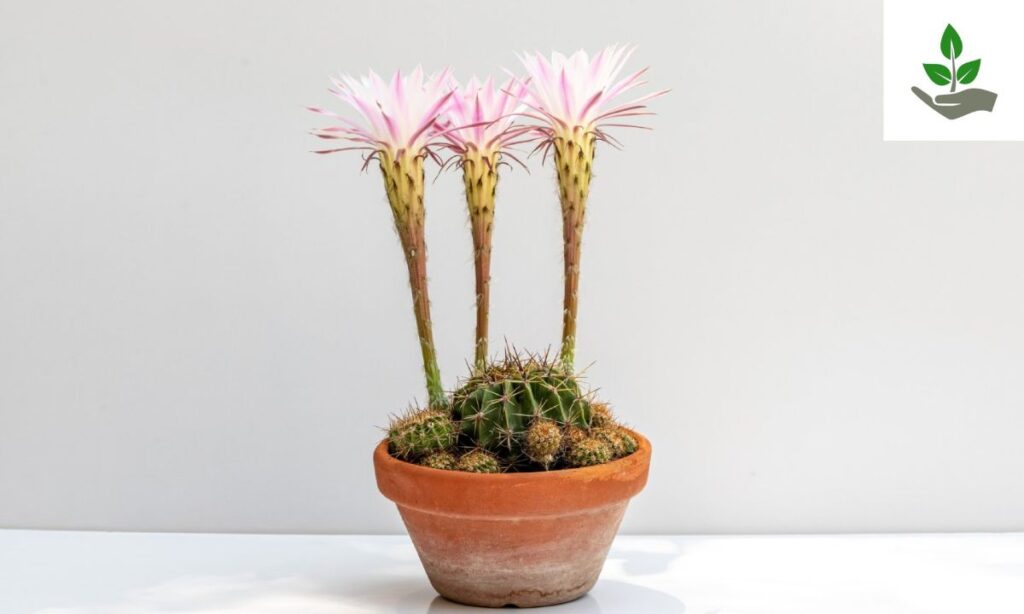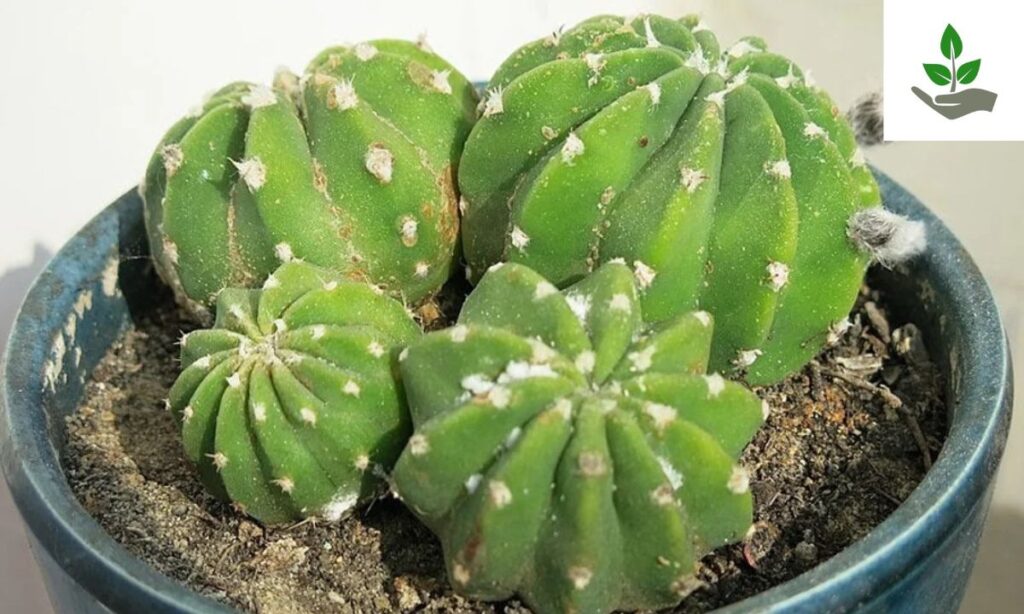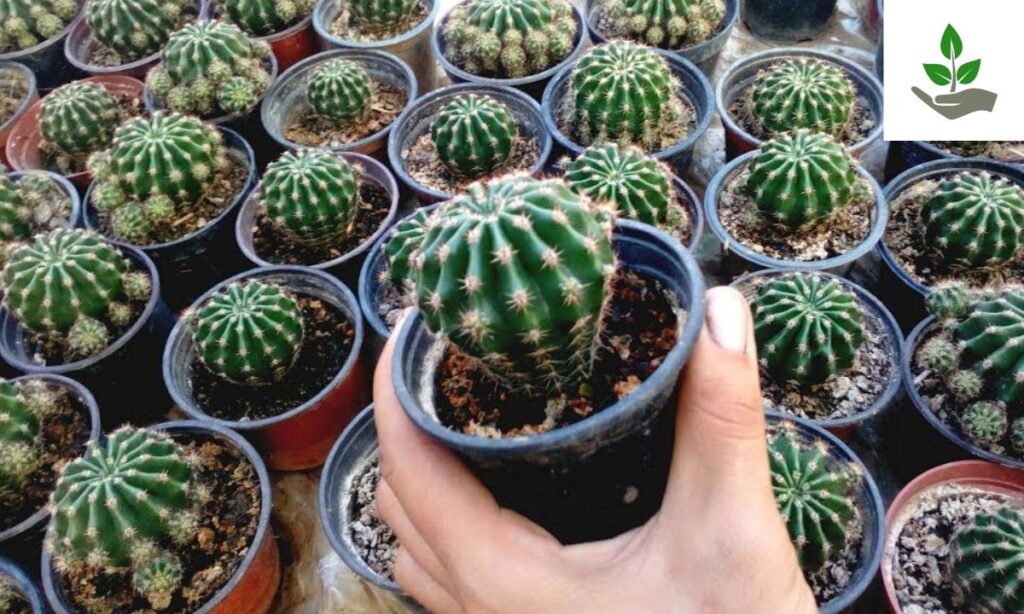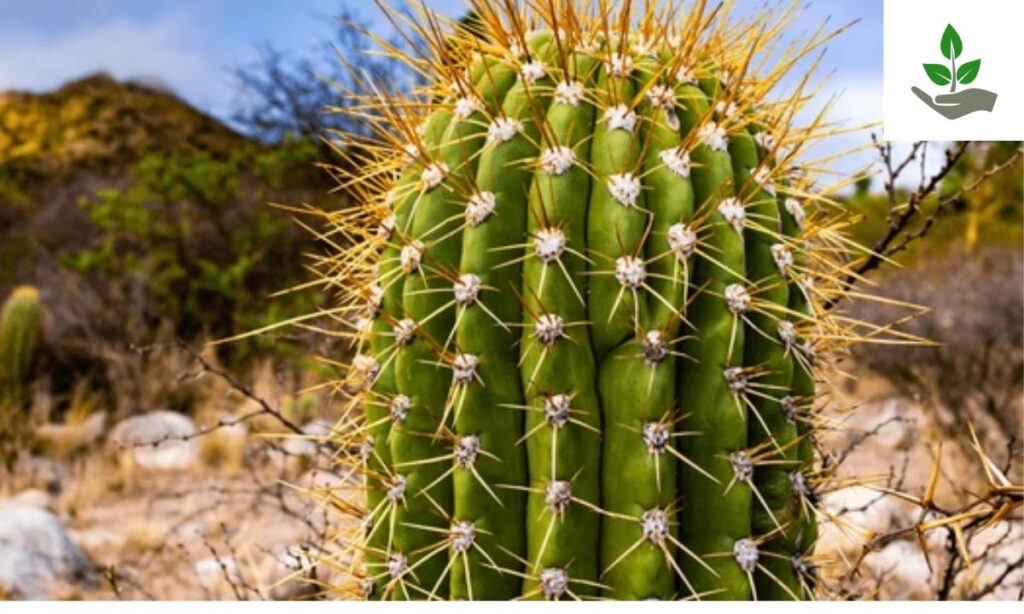Easter Lily Cactus Care, History, Planting and Benefits
The Easter Lily Cactus with its beautiful white flowers that look like Easter lilies, is a succulent enthusiast’s darling across the globe. Its beautiful night blooming blooms reaching as long as 8 inches make it an unforgettable sight even with its demure small round form.
Though exotically looking, Easter Lily Cactus Care is easy to care for and hence a perfect plant for newbies as well as for plant lovers in general. Knowledge of the particular requirements of this South American native from its love of light, indirect light to low watering needs will leave your Easter Lily Cactus thriving and living for years to come, enjoying its beautiful seasonal flowers.
What is Easter Lily Cactus?
It is a small spherical cactus native to Bolivia and northern Argentina. Despite its name it is not actually related to Easter lilies but gets this moniker from its stunning white trumpet shaped flowers that bloom in spring often around Easter time. The cactus itself is compact and globe shaped with light green skin and small widely spaced spines.

This species, particularly beloved among cactus enthusiasts, is its prolific blooming habit. The large fragrant white flowers can be nearly as big as the cactus itself and typically open at night, lasting only a day or two. It’s relatively easy to care for and makes an excellent houseplant, requiring bright light well draining soil, and minimal watering
Easter Lily Cactus History
The Easter Lily Cactus was first discovered during the mid19th century by European botanists finding South America’s vegetation. Initially placed in several varied genera, it was subsequently transferred into the Echinopsis genus as botanical science progressed. The species was covered by European collectors during the late 1800s and early 1900s when exotic cacti were the fashion of the day for Victorian conservatories and glasshouses.
Its introduction into North American gardens was most directly through horticultural commerce in the early to mid 20th century, when it quickly became popular among cactus hobbyists because of its constant flowering and diminutive size. It is now one of the most widely grown cacti on the planet, both admired for its looks and as a starter species that introduced so many to the hobby of growing cacti.
Easter Lily Cactus Seeds
Easter Lily Cactus seeds are tiny black and kidney shaped, usually 1-2 mm long. They form within the red or pink berry like fruits produced by the cactus following successful pollination of the white blooms. Seeds germinate best when they are fresh although they may be kept alive for a number of years if they are stored in dry cool conditions. Propagating Easter Lily Cactus from seeds demands patience since.

It may take anywhere from a few weeks to several weeks under ideal conditions of warm temperatures 70-80°F, high humidity, and bright indirect light. The seedlings begin as very small, green balls and develop extremely slowly, usually reaching flower size within 2-3 years. Although propagation from seed is a possibility, most gardeners find the quicker way of pulling and planting the small offsets which occur naturally at the base of the old plants to be preferable.
Easter Lily Cactus Planting and Growing
Easter Lily Cactus planting and cultivation need to be done using well draining cactus soil mix and a pot with drainage holes in order to avoid root rot. The plant should be positioned in bright, indirect light or a south window, because it loves lots of light but can get burned by strong direct sun. Water thoroughly but sparingly, letting the soil dry out completely in between generally every 1-2 weeks while in growing season and even less in winter.
The optimum day temperature is 65-80°F with slightly cooler nights, and the plant appreciates good air circulation. Fertilize with a weak cactus food once a month during spring and summer growing periods. Report 2-3 years or as the plant grows out of its container, fresh cactus mix, and carefully to prevent the spines.
Easter Lily Cactus Care
It is a great plant for beginners. The trick is to replicate its natural desert habitat with bright light, good drainage, and gentle watering habits. Water only when the soil is absolutely dry, usually every 1-2 weeks in summer months and every month or less in winter months, since overwatering is the most frequent cause of failure. Give bright, indirect sunlight for at least 6 hours a day but shield from intense afternoon sun.

Keep temperatures at 65-80°F and good air circulation around the plant. Feed with diluted cactus fertilizer monthly during the growing season spring and summer, but do not feed in winter when the plant is dormant. Inspect regularly for spider mites and mealybugs, which are commonly carried on succulents and can be eradicated with insecticidal soap. With a little but regular maintenance, your Easter Lily Cactus will thrive and pay you back with its amazing night-blooming beauty year in and year out.
Easter Lily Cactus User and Benefits
- Ornamental Value: The cactus serves as an attractive houseplant with its compact, sculptural form and spectacular white blooms that can appear multiple times per year. Its small size makes it perfect for windowsills desks and small spaces where larger plants wouldn’t fit.
- Air Purification: Like many succulents it performs CAM photosynthesis releasing oxygen at night while absorbing carbon dioxide, making it beneficial for bedroom air quality. The plant also helps filter indoor air pollutants naturally.
- Low Maintenance Gardening: Its drought tolerance and minimal care requirements make it ideal for busy individuals, frequent travelers or those new to plant care. It thrives on neglect better than most houseplants.
- Educational Tool: The cactus serves as an excellent introduction to succulent care and desert plant biology helping people learn about water conservation and plant adaptation. Its reliable blooming cycle teaches about plant reproductive cycles.
- Therapeutic Benefits: Caring for this slow growing plant can provide stress relief and a sense of accomplishment. The anticipation and joy of seeing its rare dramatic blooms offers psychological rewards for patient gardeners.
- Propagation Opportunities: The plant readily produces offsets allowing enthusiasts to expand their collection or share plants with friends making it valuable for plant trading communities.
Easter Lily Cactus Fun Fact
- The stunning white flowers open exclusively at night and typically last only 24-48 hours, making each bloom a special event that requires patience to witness.
- Despite the plant’s small size, usually 3-4 inches, its flowers can grow up to 8 inches long and 6 inches wide, often appearing larger than the cactus itself.
- Unlike many cacti Easter Lily Cactus produces intensely fragrant blooms with a sweet vanilla like scent that attracts nocturnal pollinators like moths and bats in its native habitat.

- A healthy mature plant can produce dozens of flowers throughout the growing season, with some specimens blooming almost continuously from spring through fall.
- Despite its common name it’s not related to Easter lilies at all and belongs to the Echinopsis genus, earning its name simply because it often blooms around Easter time.
- The cactus grows in perfect mathematical spirals following the Fibonacci sequence, with its ribs and spine clusters arranged in precise geometric patterns.
- While often called slow growing Easter Lily, Cactus can actually bloom within 2-3 years from seed, much faster than many other cacti species.
Read More Post: Alocasia Cucullata Care, History, Planting and Growing
Conclusion
Effective Easter Lily Cactus Care simply involves mimicking its native desert environment using well draining soil, gentle watering techniques and sufficient light without burning. By adhering to these basic care techniques of letting soil dry out completely between waterings having good drainage, keeping it at 65-80°F temperatures and giving it bright but filtered light you will provide the optimal condition for your cactus to thrive.
Keep in mind that Easter Lily Cactus cultivation takes patience, as the slow growing cacti can take years to mature to blooming age. But what a wait it is, when you get to see the show stopping beauty of those snow white blooms unroll in the evening hours.
FAQs
How often should I water my Easter Lily Cactus?
Water your Easter Lily Cactus only when the soil is completely dry, typically every 1-2 weeks during spring and summer growing seasons. In winter, reduce watering to once a month or less, as the plant enters dormancy.
Why isn’t my Easter Lily Cactus blooming?
Easter Lily Cactus requires specific conditions to bloom: bright light for at least 6 hours daily, a cool winter rest period with reduced watering and temperatures around 50-60°F, and maturity of at least 2-3 years.
How big does an Easter Lily Cactus get?
Easter Lily Cactus typically grows to about 3-4 inches in diameter and height, making it perfect for small spaces and containers. While the plant itself remains compact, it produces offsets (baby plants) around its base over time, creating attractive clusters. The flowers, however, can grow quite large – up to 8 inches long and 6 inches wide, often appearing bigger than the cactus itself.
Is Easter Lily Cactus safe for pets and children?
While Easter Lily Cactus is not toxic if ingested, it does have small spines that can cause injury if handled carelessly. Keep the plant out of reach of small children and curious pets who might touch or bite it. The spines are relatively soft compared to other cacti but can still cause discomfort.







